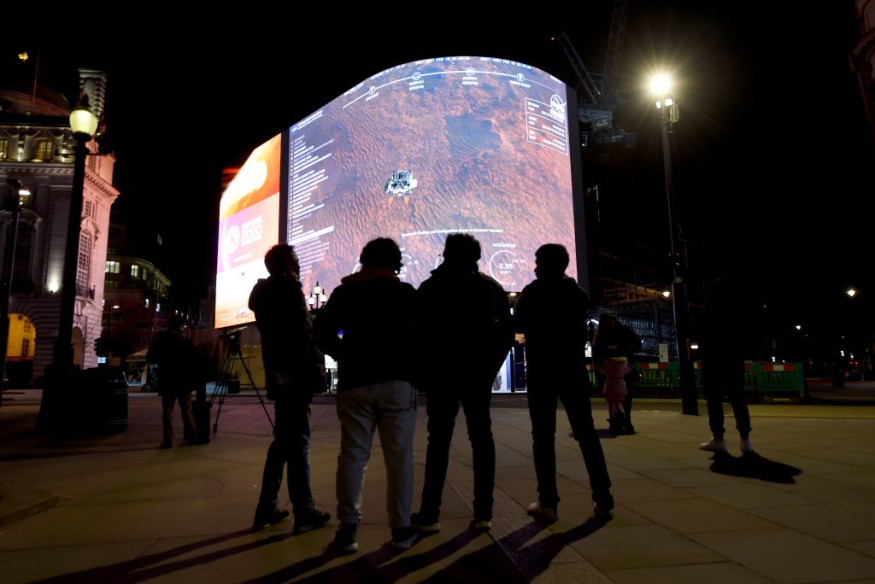NASA's Perseverance rover is still on its mission to find substantial clues of life on the planet Mars. Up until today, several samples were already collected by the rover. The specimens are variants of rocks taken from different locations of the planet. The spots selected by the rover are theorized to hold the secret to the past of the red planet, and experts believe that there are still bits of hints embedded in the specimens. Among the recent findings of the rover are 'human skeletons' and an 'animal.'
Perseverance Rover and Search for Life in Mars

NASA has two of its rovers that are currently traveling across the bland terrains of the Martian orb. At first, it may seem that the mission is a dead-end, but there is some progress that lies on the planet. Among the most valuable clues of Mars' history is the rocks scattered throughout its red surface. Alongside the collection of the specimens, there were also imaging techniques that the rovers utilized to capture the environment of the planet.
With the recent efforts of the Mars rovers, little evidence of water's presence was discovered. In addition, the experts are easing to the brink of uncovering the existence of life on the red planet through the help of the samples that were gathered from the liveliest spot of the red orb called the Jezero crater.
Among the greatest findings of the Perseverance are the rocks that serve as 'skeletons' of life on Mars. To easily identify the mystery behind the early existence and possibility of the Earth-like structure of the planet, scholars treat the surface of Mars as a wide burial ground filled with the remains of its previous dwellers. Buried beneath this quiet graveyard are rocks layers that one day could explain what really happened to the planet.
ALSO READ: SpaceX Falcon 9 Rocket Landing Makes Loud Noise After Sending 105 Satellites to Space
Human Skeleton and Frog in the Martian Soil?
NASA's recent reports focus on the new activities held by the Perseverance rover, including the drilling process, gathering of rock samples, and preserving them until they are sent back to Earth. During this process, Perseverance coincidentally captured a photo of what appears to be a human skeleton buried on Mars. After the bone, Left Mastcam-Z camera also got ahold of another bizarre image, and this time, it was a frog just standing in the middle of the vast Martian surface.
Finding either a remnant of a person or an animal is quite exciting for the studies revolving around the life on Mars - if only they were bones and bodies of a living organism. The recent captures are part of Perseverance's photo album that accidentally included several stone formations from different parts of the red planet.
As we trudge deeper to the secrets of Mars, there is one potential factor of confusion they always encounter: - a psychological phenomenon called pareidolia. It is a feature in the brains that 'auto-completes' any abstract image to form a logical one. In the past, Perseverance has already taken not just two, but many photos that speculated to have human figures, a floating spoon, and even a pyramid on Mars, when in reality, they are just terrains and pieces of rock contains a facade similar to the physical appearance of the structures we know of.
It may be disappointing to discover rocks instead of actual life from Mars, but NASA already confirmed promising samples that hold scientific clues regarding the matter. For now, Perseverance will proceed to collect more of these specimens, and it will continue to challenge our patience in investigating the Martian planet's true history.
Read also: Martian Meteorite Found In Antarctica: Organic Compound in Mars' ALH 84001 Not Biological?
Check out more news and information on Space in Science Times.











